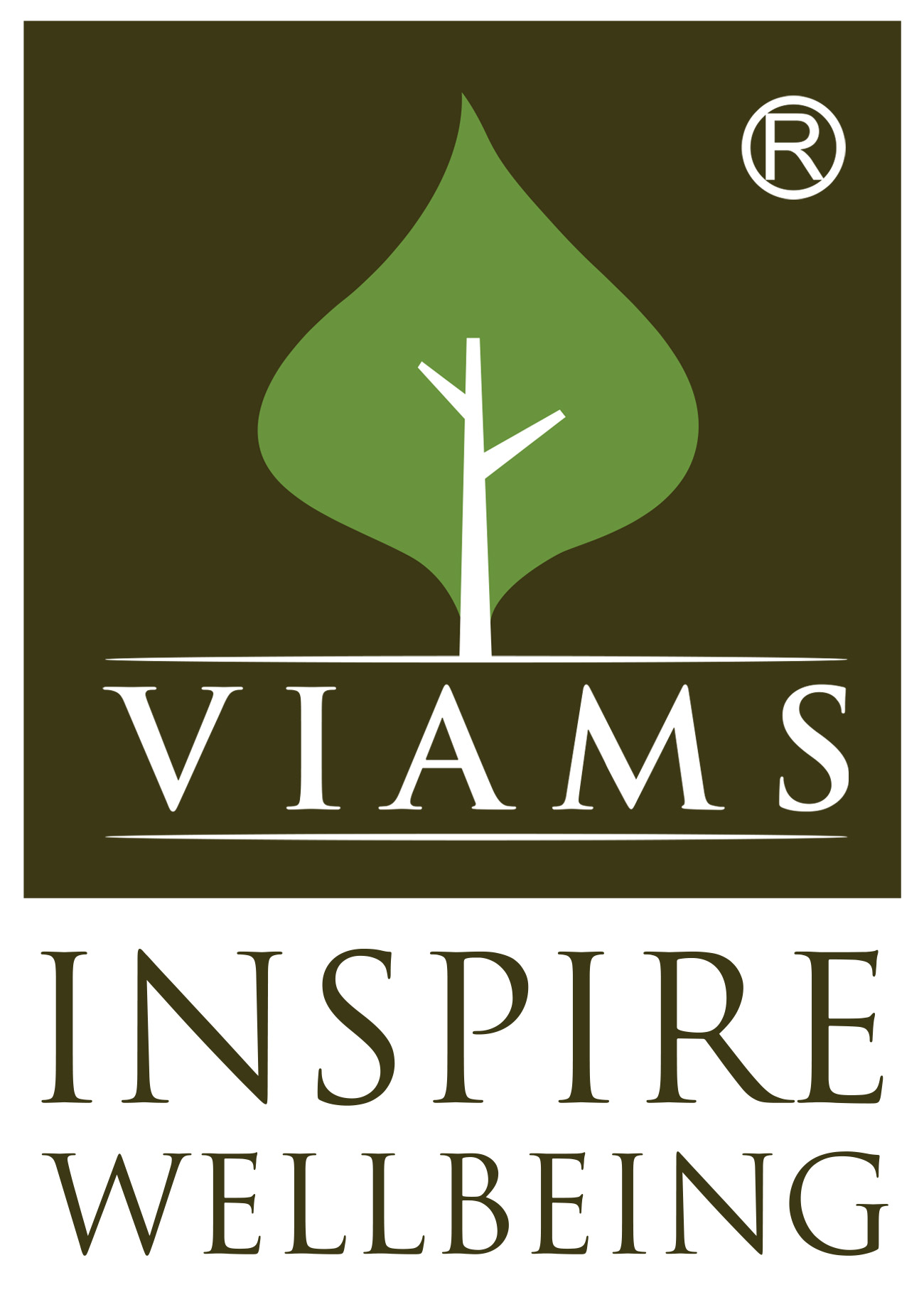Horner Syndrome
Horner Syndrome is a neurological disorder caused by the disruption of the sympathetic nerves supplying the eye and facial muscles. This condition usually results from trauma, tumors, stroke, or other damage to the sympathetic nervous system along its pathway from the brain to the eye. Common signs and symptoms include ptosis (drooping of the upper eyelid), miosis (constricted pupil), anhidrosis (lack of sweating), and enophthalmos (sunken appearance of the eye).
Pathogenesis (Modern View)
In the modern medical view, Horner Syndrome occurs due to injury or interruption along the sympathetic pathway that travels from the hypothalamus to the face. This pathway involves three distinct neurons: the first-order neuron runs from the hypothalamus to the spinal cord, the second-order neuron runs from the spinal cord to the chest and neck, and the third-order neuron travels from the neck to the eye. Disruptions along any of these pathways can lead to Horner Syndrome.
Ayurvedic Concept
From an Ayurvedic perspective, Horner Syndrome can be correlated with conditions arising from a disturbance in the Vata Dosha, which governs the nervous system and movements in the body. Imbalance in Vata can affect nerve function, leading to symptoms seen in Horner Syndrome. Additionally, the Pitta Dosha, responsible for vision and clarity, may also play a role, as disturbances in vision and eye functions are central to the condition.
Ayurvedic Treatment Possibilities
Ayurveda approaches Horner Syndrome holistically, focusing on correcting the imbalance of Vata and Pitta Doshas. Panchakarma therapies such as Nasya (nasal administration of herbal oils), Shirodhara (continuous pouring of warm oil on the forehead), and Netra Tarpana (nourishing eye treatment) can play a significant role in supporting the restoration of nerve function and improving eye health. Herbal formulations that strengthen the nervous system, improve blood circulation, and reduce inflammation can also be effective.
Signs and Symptoms
- Ptosis: Drooping of the upper eyelid
- Miosis: Constriction of the pupil
- Anhidrosis: Lack of sweating on the affected side of the face
- Enophthalmos: Sunken appearance of the eye
- Reduced vision and sensitivity to light.
Pathogenesis (Ayurvedic View)
In Ayurveda, the pathogenesis of Horner Syndrome can be understood through the lens of Vata and Pitta imbalance. The loss of nervous system harmony (Vata disturbance) affects the flow of Prana Vayu, which governs the autonomic nervous system. Simultaneously, impaired Pitta in the eyes (Alochaka Pitta) leads to diminished ocular function and related symptoms.
Benefits of Ayurvedic Treatment
Ayurvedic treatment for Horner Syndrome aims to restore balance to the nervous system, improve nerve conduction, and enhance overall eye health. Customized herbal formulations, prepared according to the individual’s Prakriti (constitution) and specific imbalances, can help rejuvenate nerve tissues, support the autonomic nervous system, and reduce inflammation.
Some key benefits include:
- Strengthening the nerve functions and improving ocular health
- Reducing inflammation and enhancing healing of damaged tissues
- Balancing Vata and Pitta Doshas for optimal recovery
- Supporting overall well-being and stress relief, which can aid in nerve repair
Importance of Customized Medicines
At VIAMS, we emphasize the use of personalized herbal medicines that are tailored to each patient’s unique constitution and specific symptoms. These customized formulations aim to nourish the nervous system, restore balance in the doshas, and promote natural healing. The combination of Rasayanas (rejuvenative herbs) and neurotonics ensures a comprehensive approach to nerve health.
Integration of Allied Healthcare Sciences with Ayurvedic Therapies
Combining Ayurvedic therapies with modern allied healthcare practices such as Physiotherapy, Occupational Therapy, and Speech Therapy can further enhance treatment outcomes. Physiotherapy helps restore muscle function and prevent atrophy in affected areas, while Occupational Therapy assists patients in regaining motor skills. The synergistic approach of Ayurveda and allied health sciences offers a well-rounded treatment, ensuring better long-term management of Horner Syndrome.
Panchakarma Therapies for Horner Syndrome
- Nasya: Helps clear the nasal passage, improve nerve conduction, and balance Vata.
- Shirodhara: Relieves stress, reduces inflammation in the nervous system, and nourishes the brain.
- Netra Tarpana: Strengthens the eyes and improves ocular function by providing nourishment through medicated oils and ghee.
Conclusion
Horner Syndrome can be effectively managed through a combination of Ayurvedic therapies and modern allied health sciences. With customized medicines, Panchakarma, and supportive therapies, it is possible to restore balance, improve nerve function, and promote long-term healing. VIAMS offers a comprehensive approach to this condition, integrating ancient wisdom with modern healthcare to ensure optimal outcomes for patients.
Our Uniqueness
- Tailor-made medicines from our own Pharmacy
- Integration of Allied Healthcare Techniques
- Experienced Doctors & Therapists
- Three Stages of Treatment with Assessment
- Continuous Online Support 24 X 7
